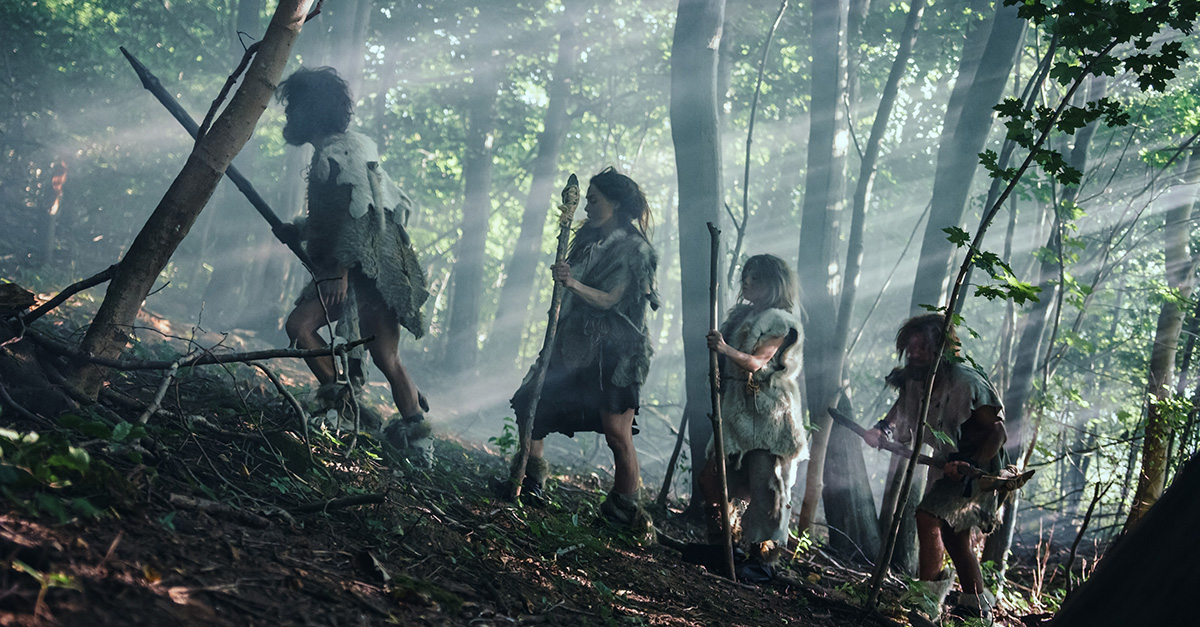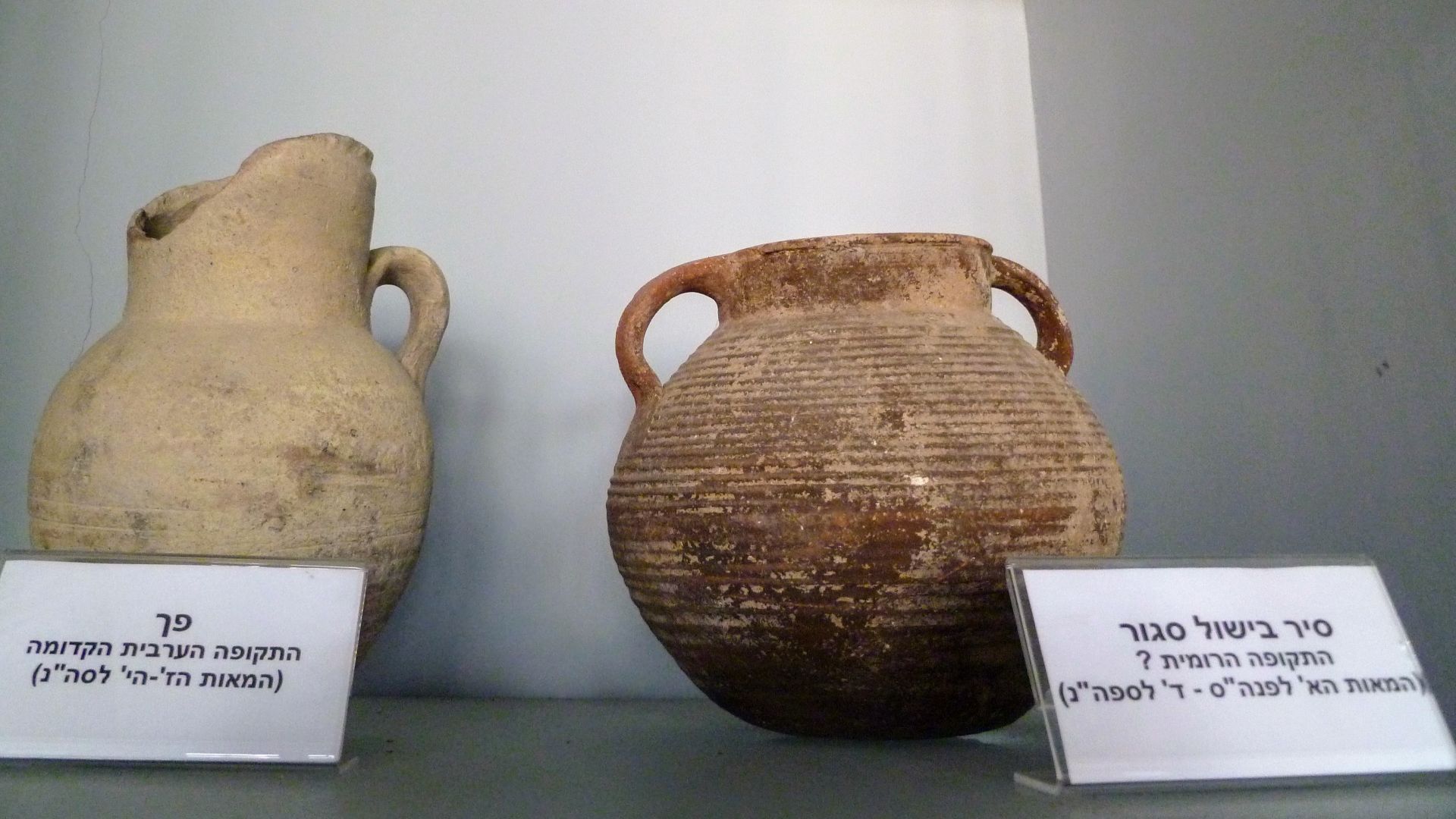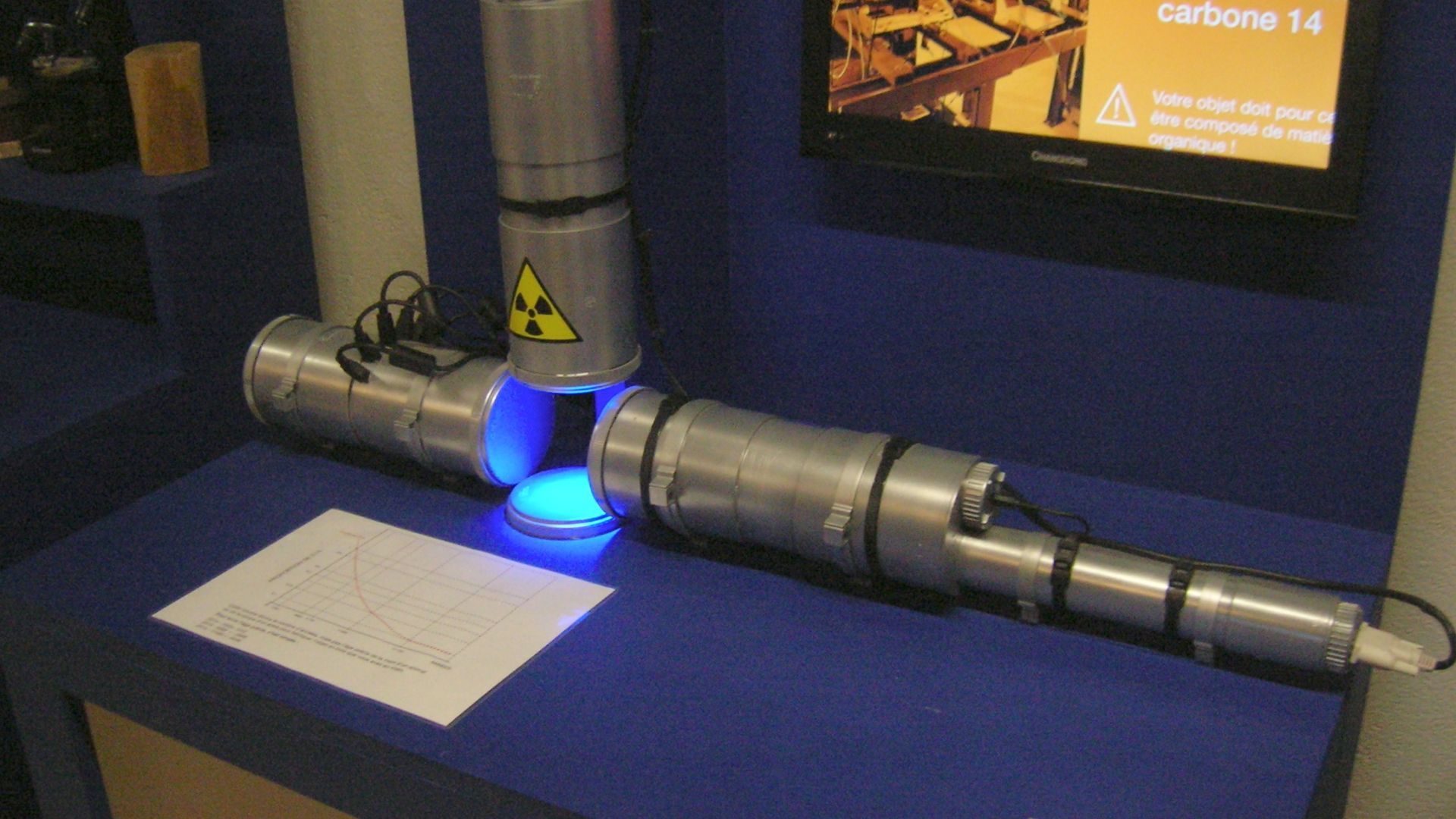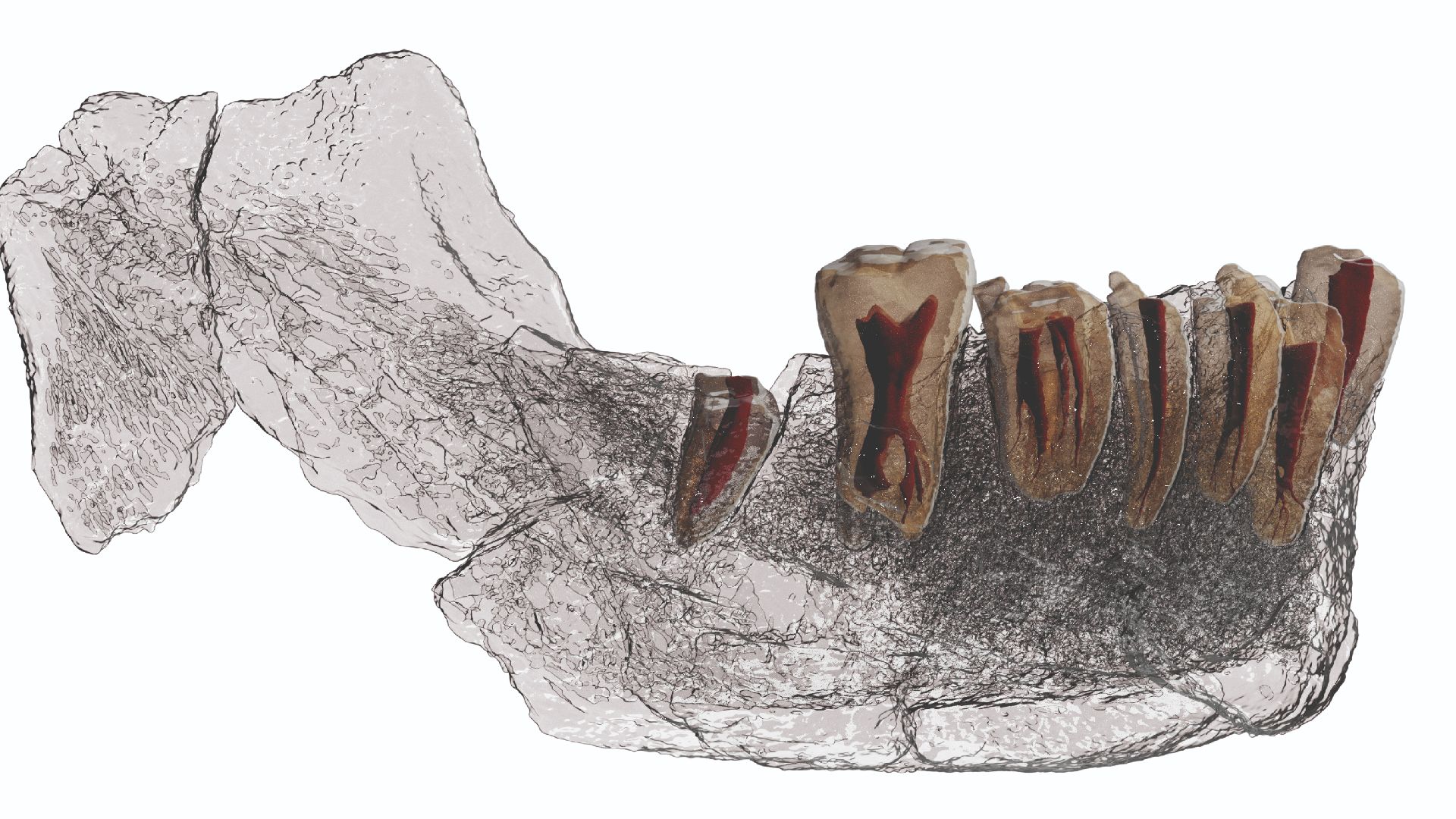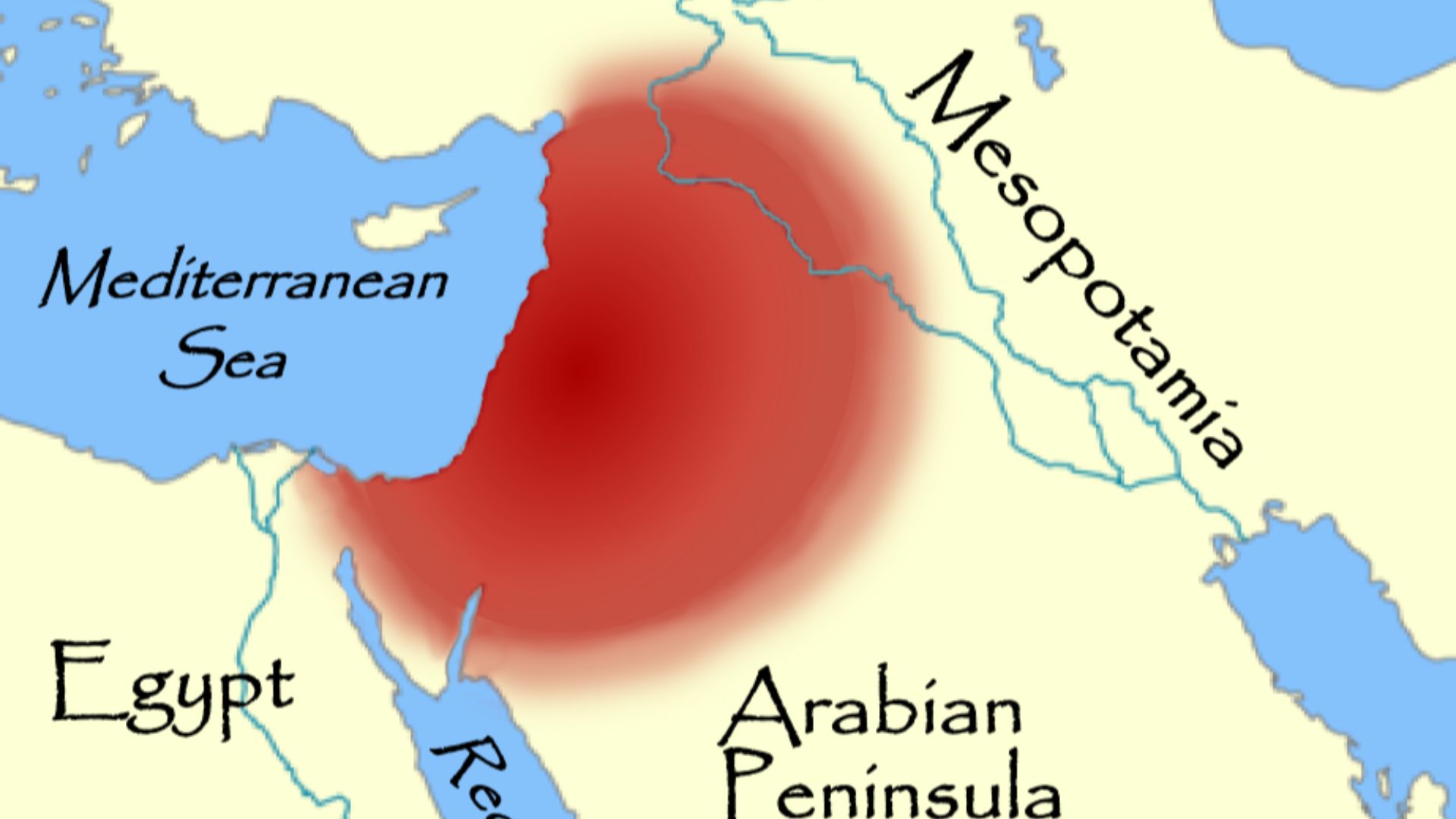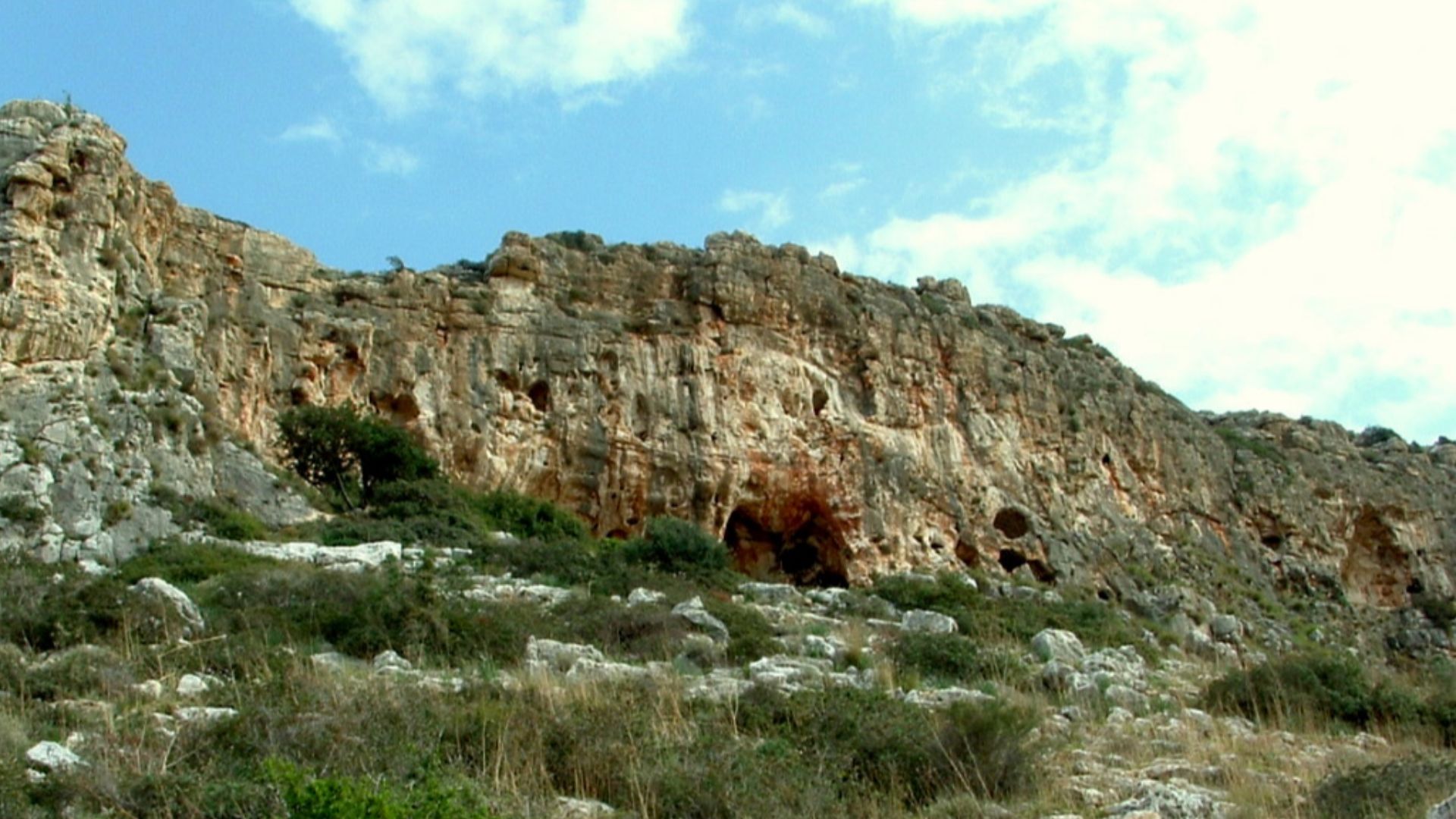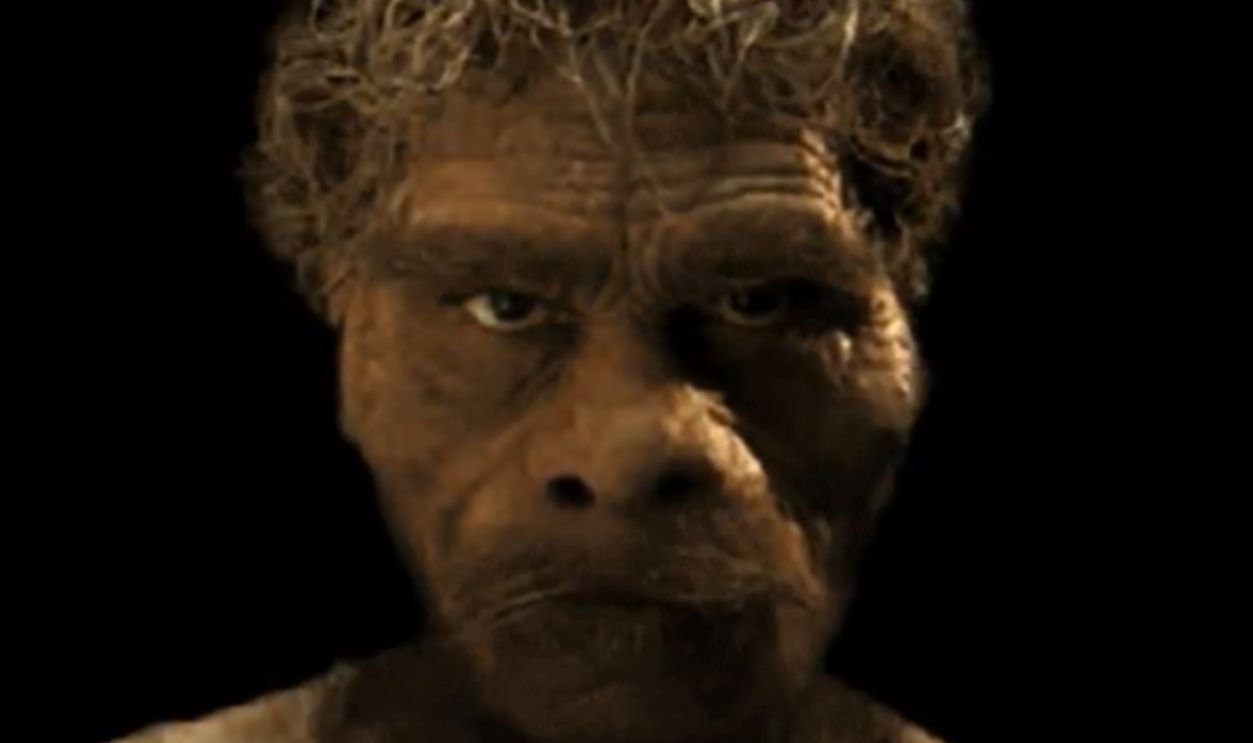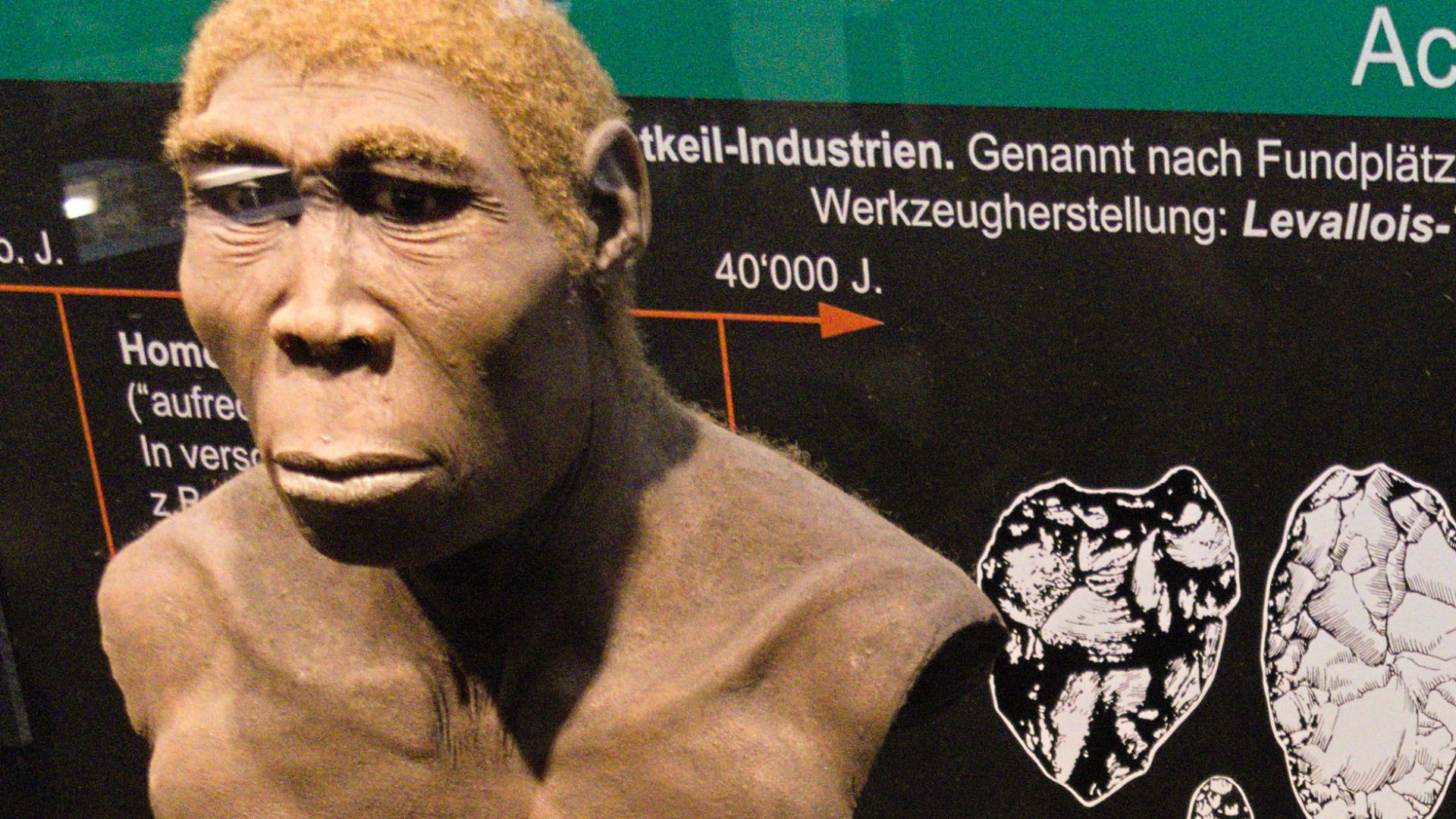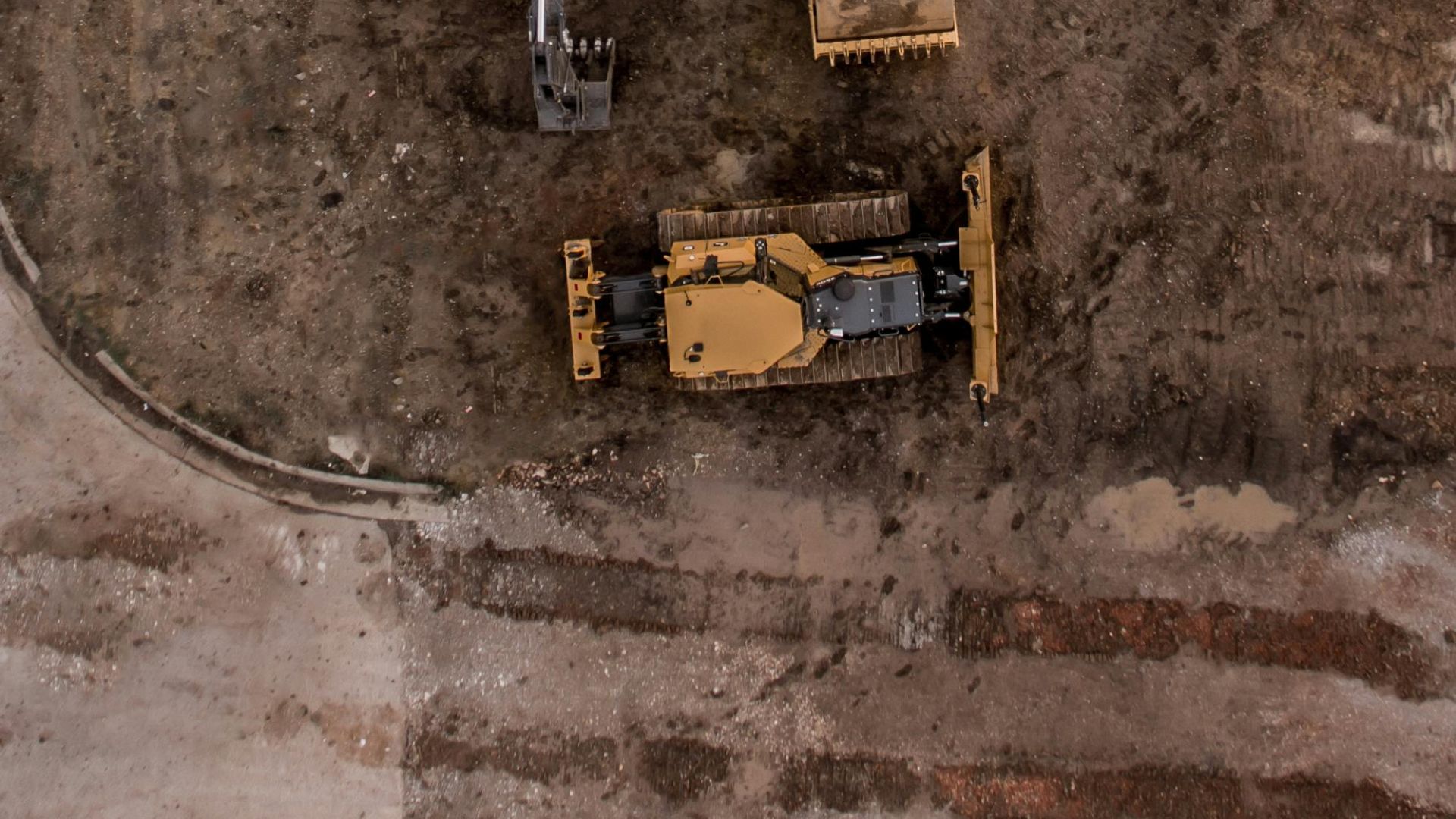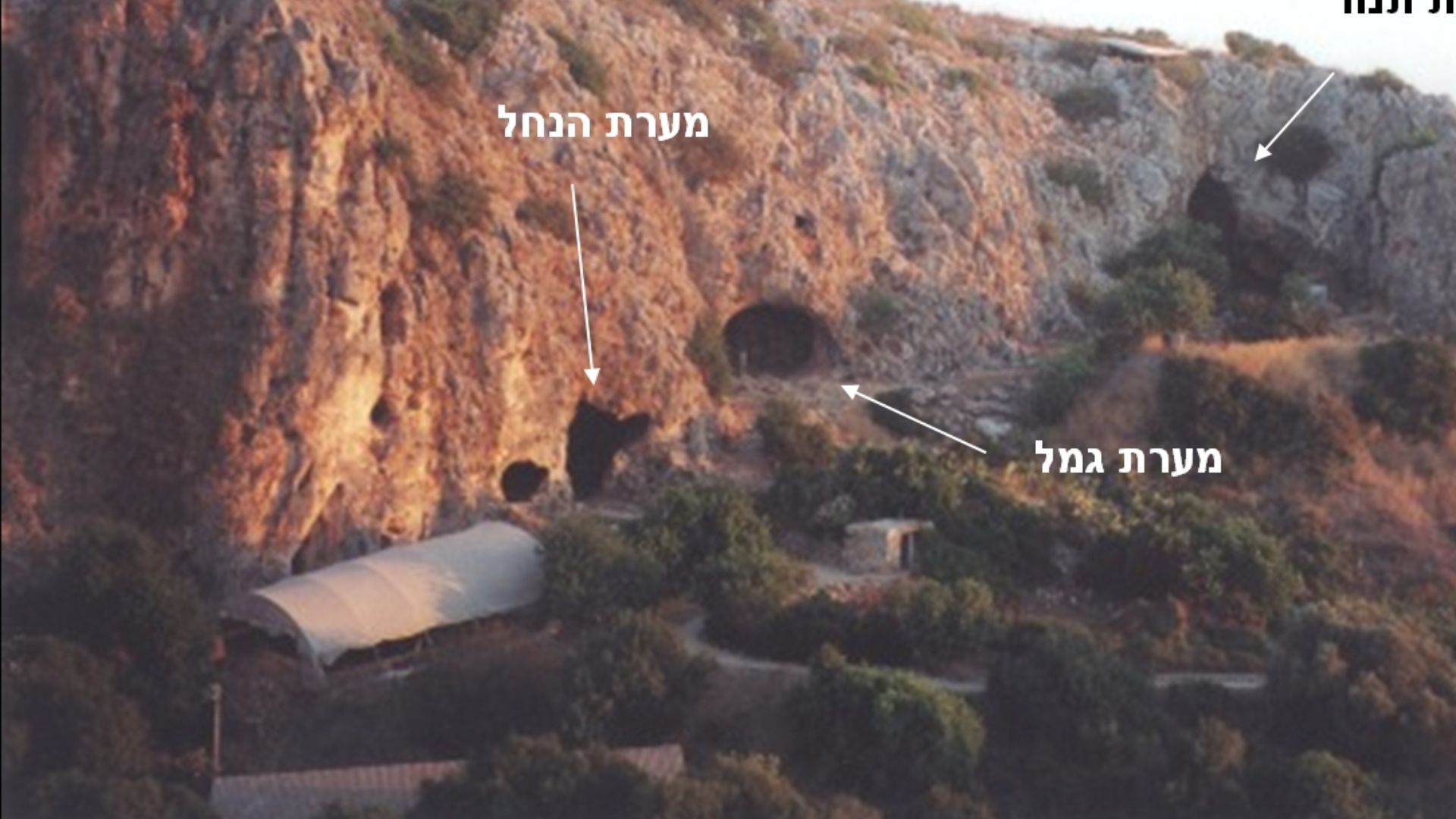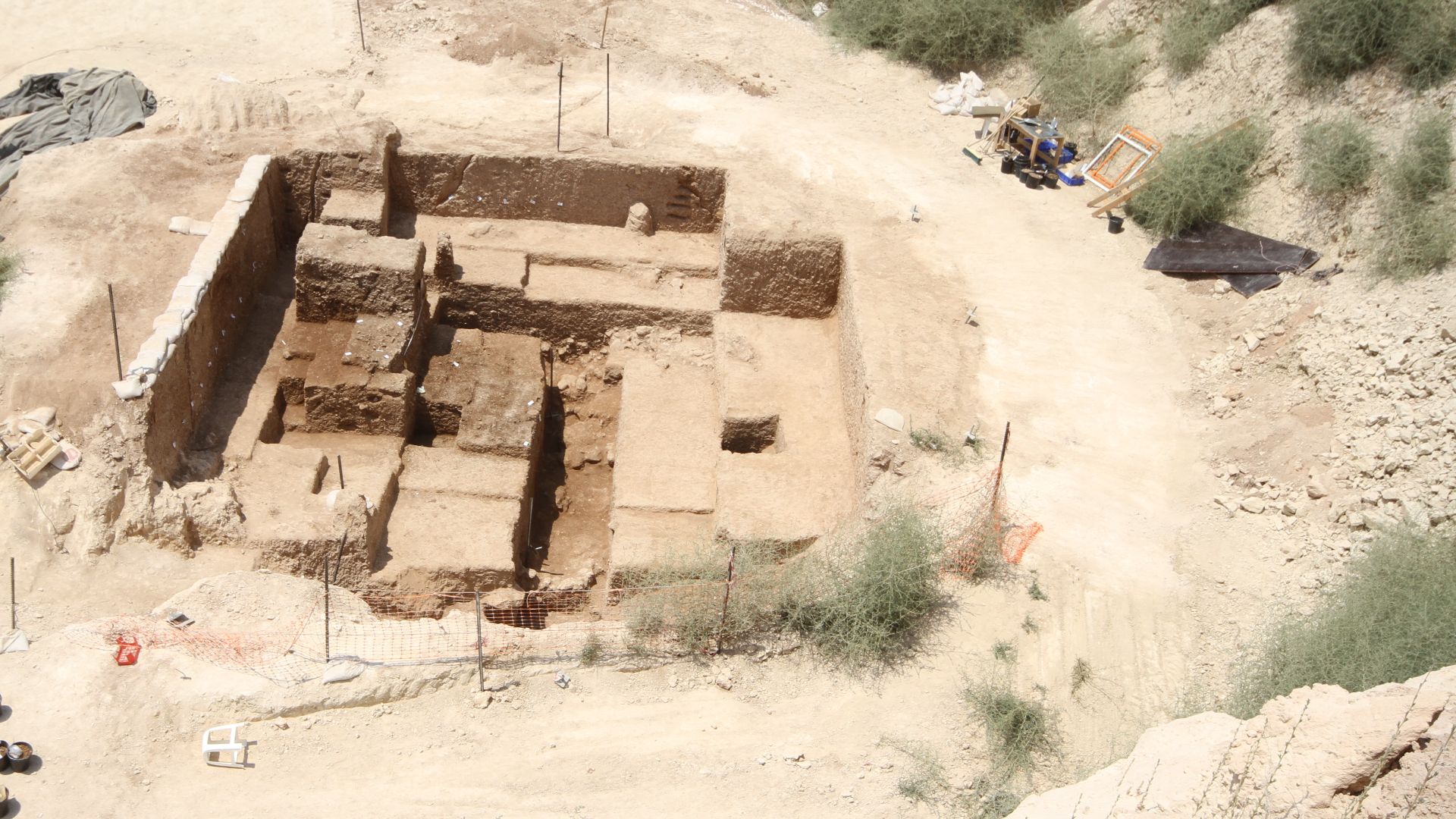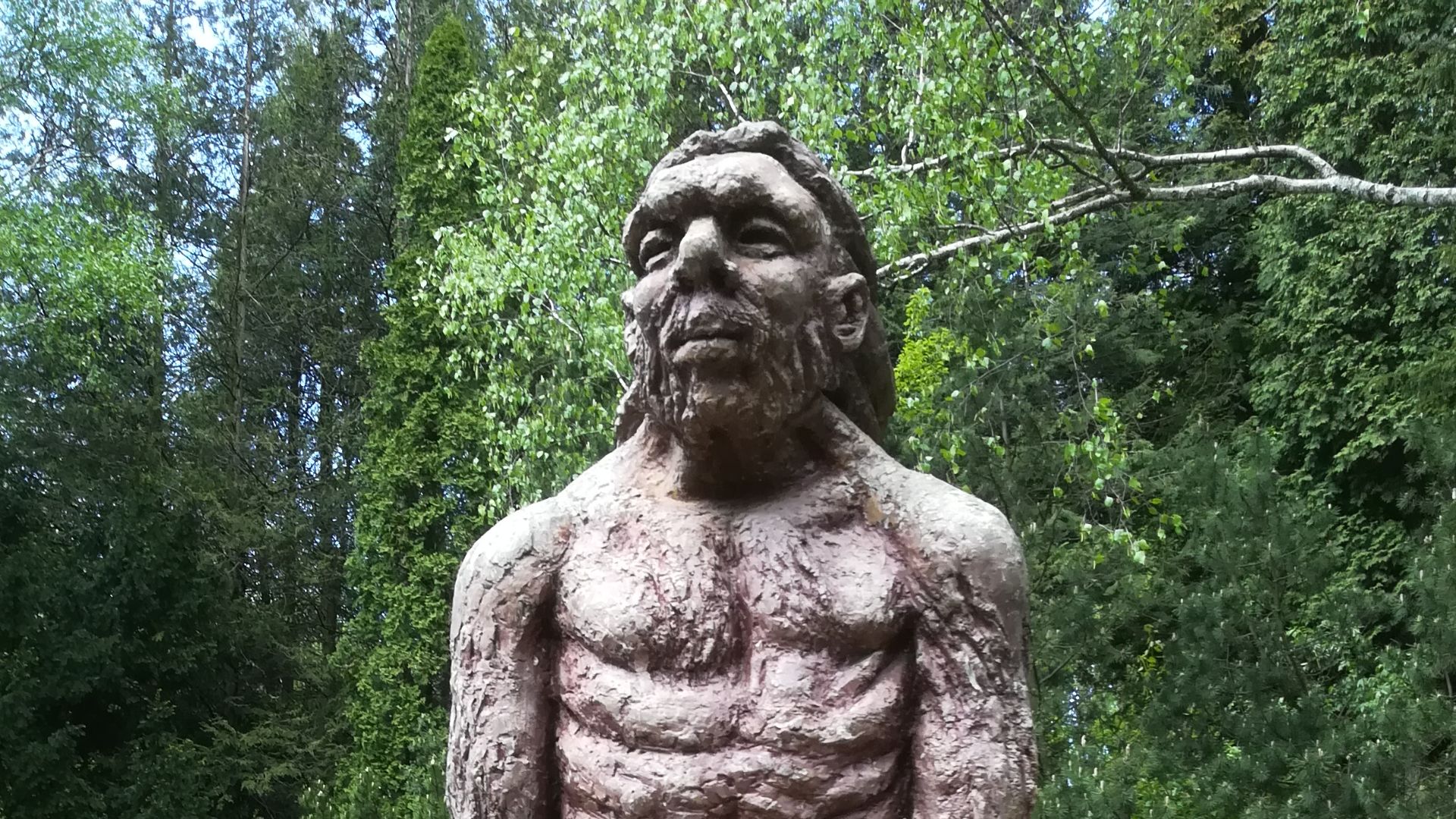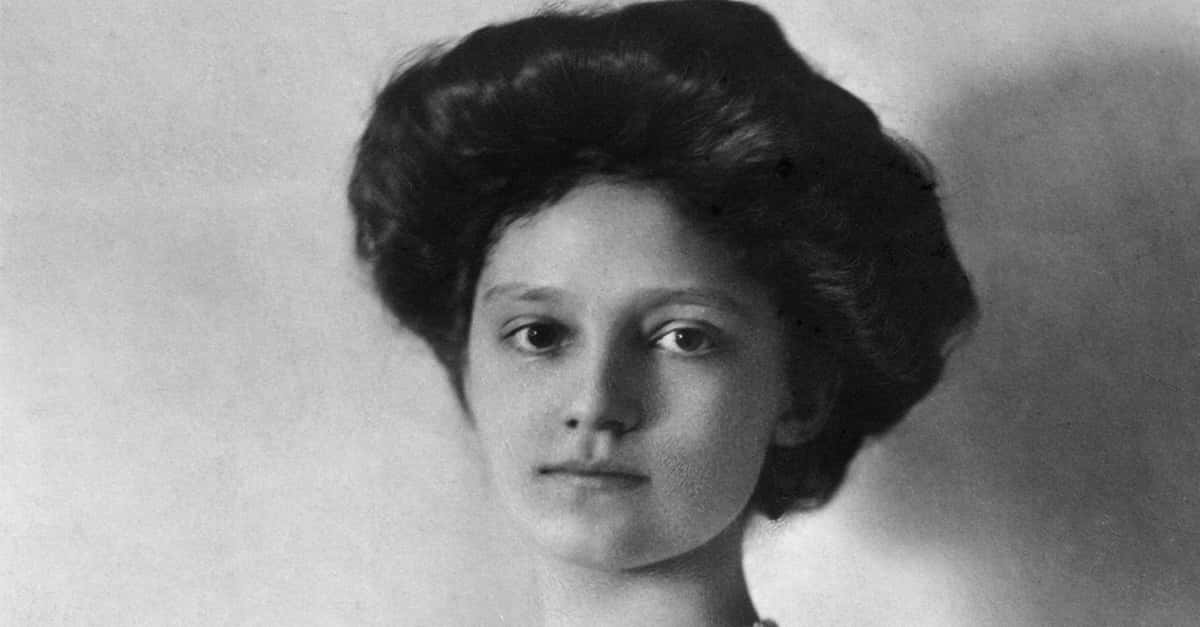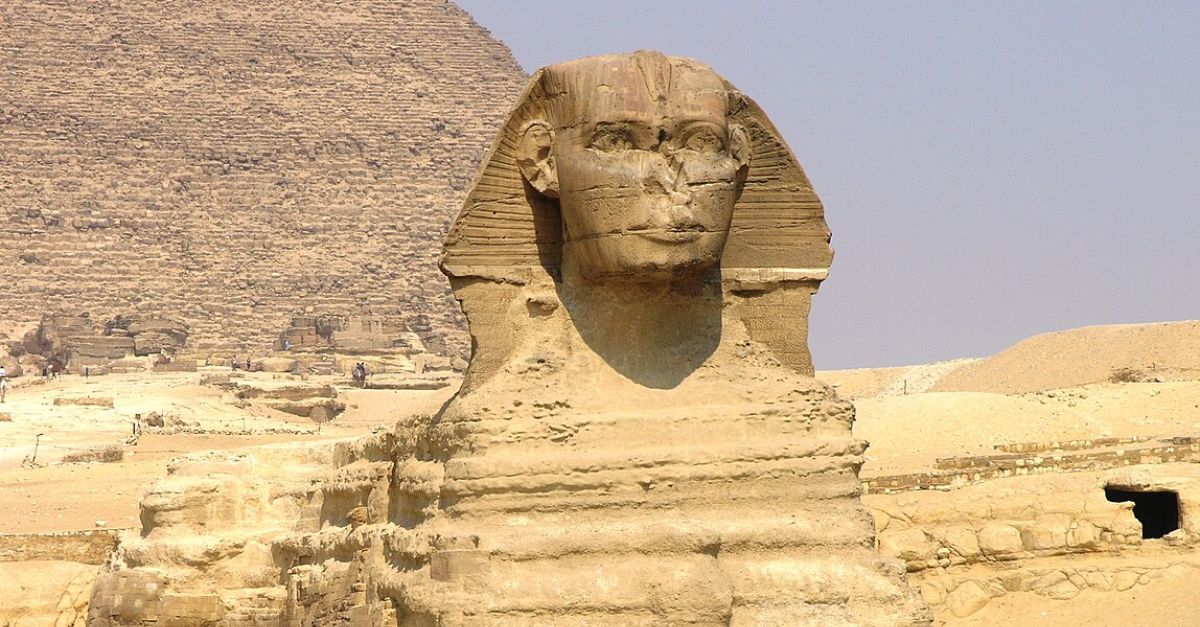This Archaeological Find Could Change Everything We Know About Our Ancient Ancestors
In 2010, archaeologists began searching for clues of our ancient ancestors near a rocky depression in Nesher Ramla, Israel. What they uncovered might change our understanding of our most common ancestor: the Homo sapiens. The discovery of a human-like skull in 2010 was just the first step. More recently, archaeologists made another discovery.
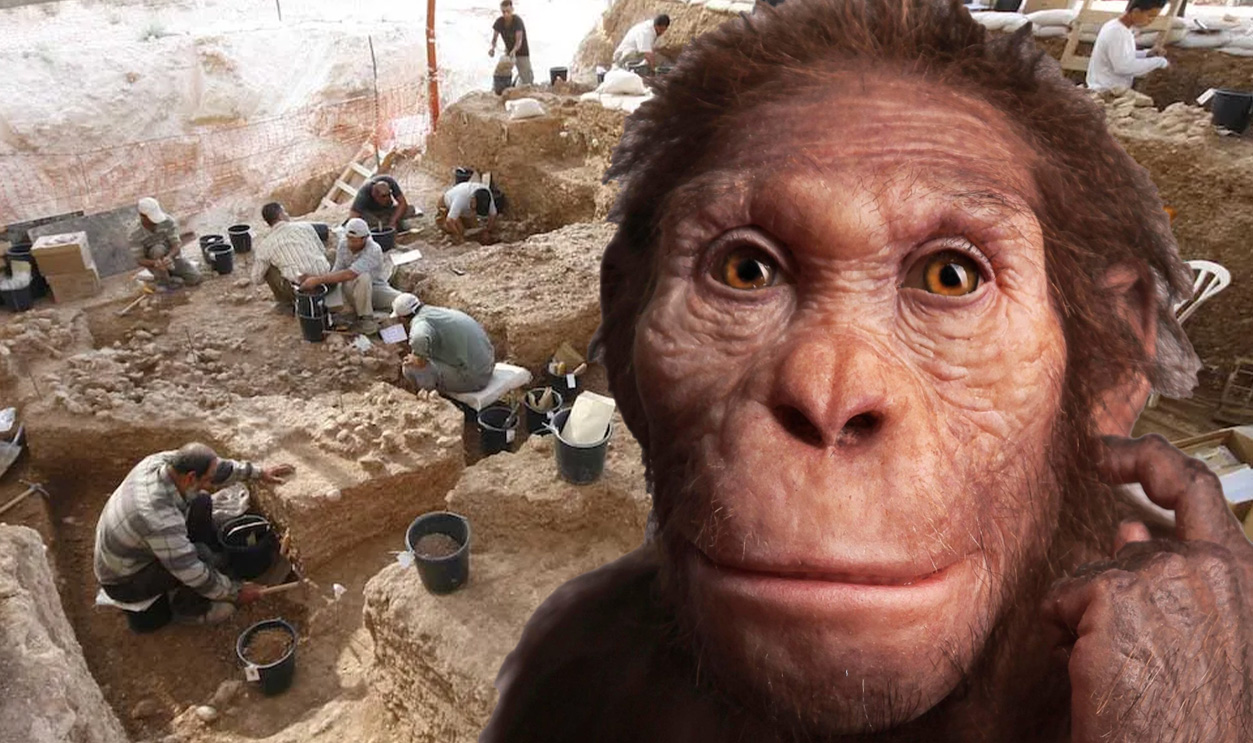
The Site
Located midway between the Israeli cities of Tel Aviv and Jerusalem, this archaeological dig site has been under excavation since 2010. It lies close to a cement factory and inside a working quarry. The quarry's operations have been restricted around the area to preserve archaeological evidence.
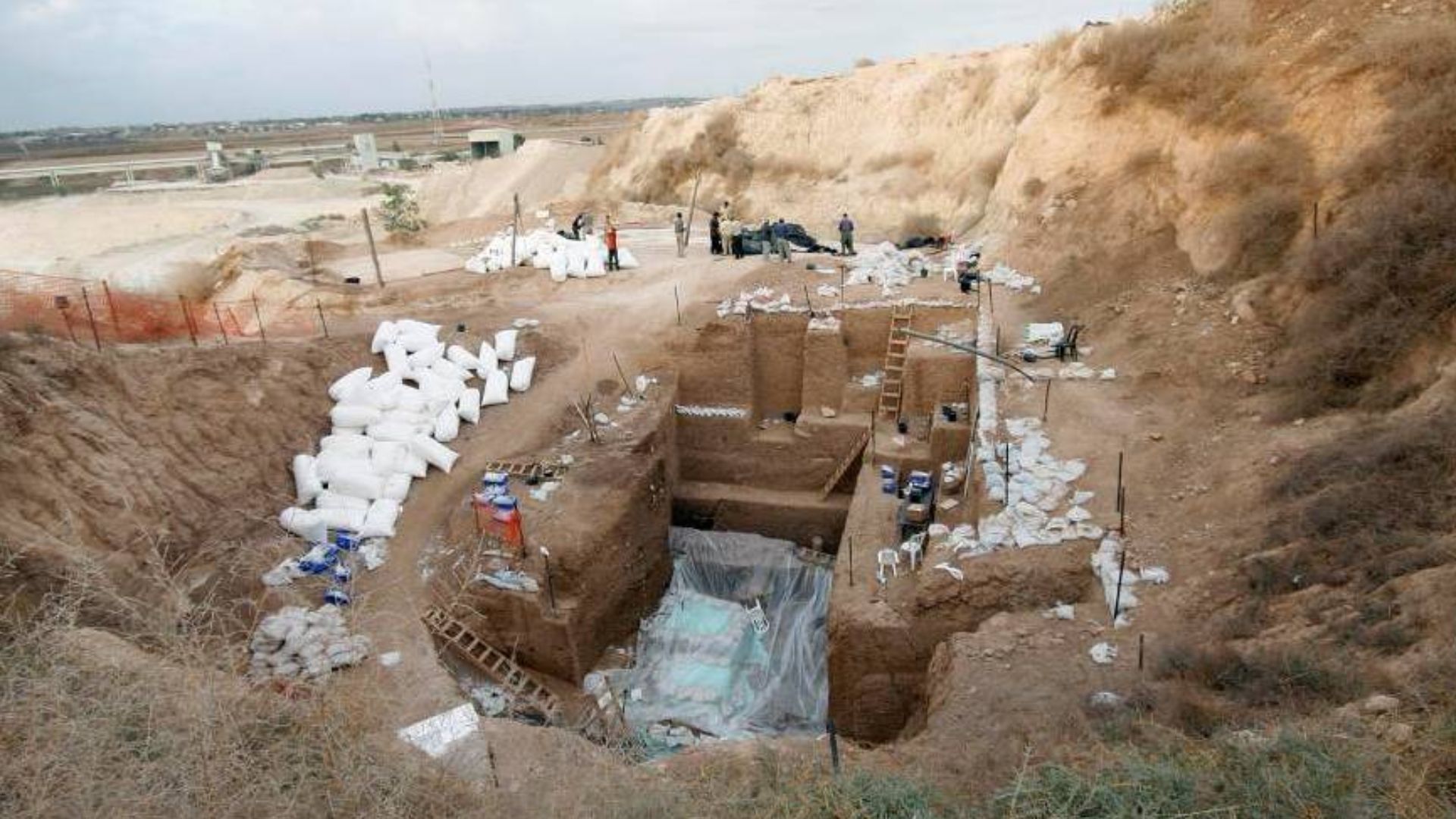 Dr. Yossi Zaidner, CC BY-SA 4.0, Wikimedia Commons
Dr. Yossi Zaidner, CC BY-SA 4.0, Wikimedia Commons
The Find In 2010
Almost 15 years ago, an archaeological team was called in to explore the area. After sifting through 26 feet of silt and dirt, they located the lowest excavation layer (V1), which contained artifacts dating back 140,000 to 120,000 years.
The ESR Dating Technology
One technique that scientists use to date artifacts of this type is called ESR, or electron spin resonance. ESR technology determines the natural radiation to which a sample has been exposed during its burial period, thereby giving scientists an idea of how long the artifact has been buried in the ground.
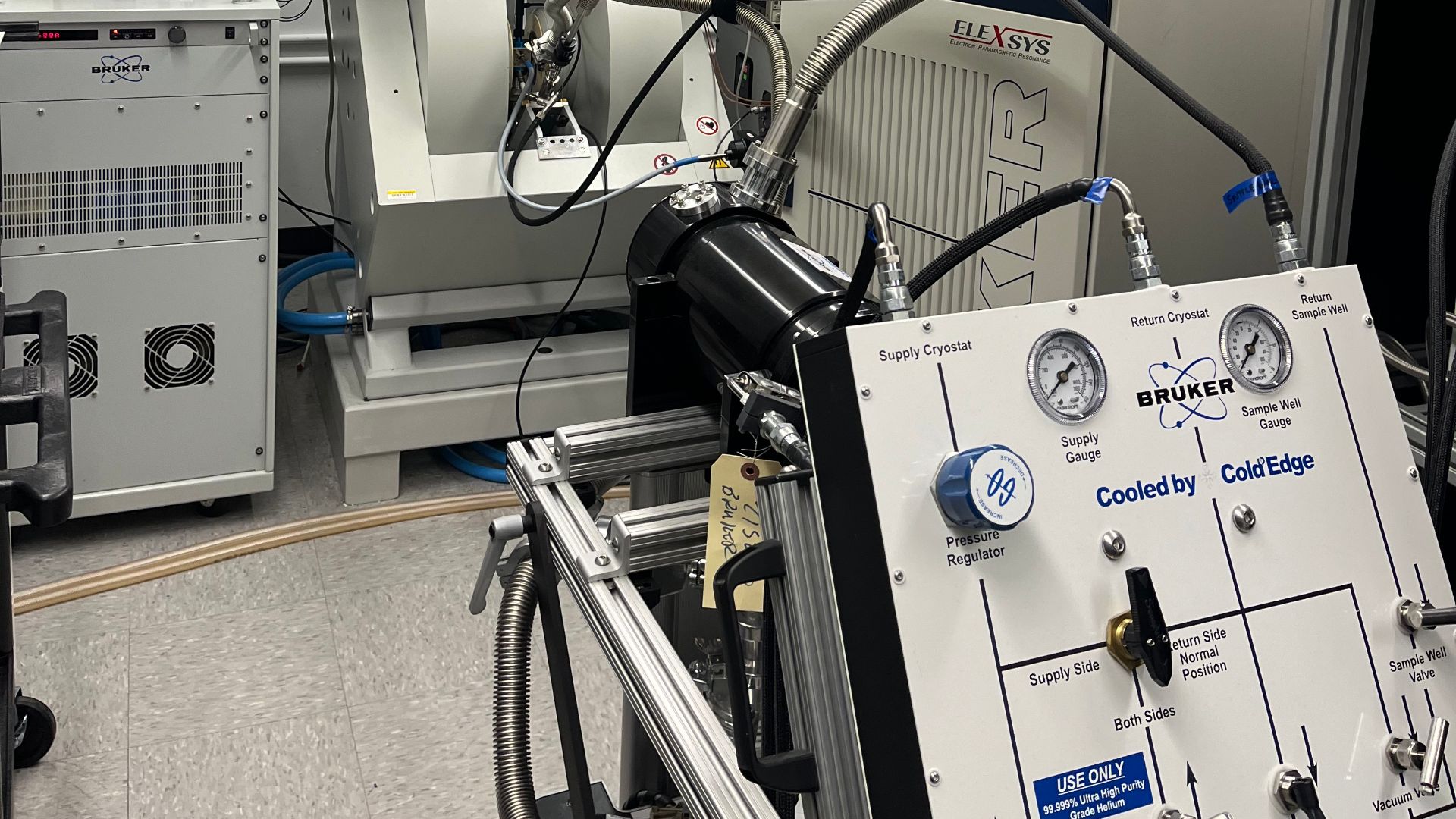 AmandaRutledge, Wikimedia Commons
AmandaRutledge, Wikimedia Commons
What's The Difference Between ESR & Radiocarbon Dating?
The main difference between ESR and radiocarbon dating is in their application. They're used to identify artifacts and fossils that have been buried for different lengths of time. Radiocarbon dating is used to identify fossils that are fewer than 50,000 years old, as it's most accurate for that purpose. ESR is used to identify older fossils and artifacts, from 60,000 to 2 million years old.
What Was Found In The Initial Dig?
The initial dig in 2010 unearthed faunal teeth. This was a huge deal because we, as mammals, have this type of tooth. The teeth uncovered bore a stark resemblance to human teeth, confirming that this may be a human ancestor. This is significant, as two more archaeological sites have turned up similar artifacts, dating back 160,000 years but bearing closer resemblance to modern humans and not Neanderthals.
Other Finds Included Stone Tools
Alongside the faunal teeth were more than 6,000 stone tools, including scrapers and awls, emanating from the Chatelperronian and Mousterian tool-shaping traditions. The former is associated with Neanderthals from Western Europe, while the latter is associated with Neanderthals from West Africa and Asia. This large-scale tool suggests that the site may be where Neanderthals learned to make tools for hunting.
 Charles Robert Knight, Wikimedia Commons
Charles Robert Knight, Wikimedia Commons
A Mixture Of Cultures
It had been almost a century since archaeologists made the significant discovery that the Levant (a name for the historical region of the Middle East which now makes up modern-day Syria, Israel, Iraq, and Lebanon) was home to a mixture of cultures. Similar fossilized remains were discovered in the 1930s, dating back 120,000 to 90,000 years ago. These pointed to the Levant being a hotbed of a mixture of Neanderthal and non-Neanderthal peoples.
An Evolutionary Biologist's Expert Opinion
These finds gave credence to the idea that Neanderthal and non-Neanderthal people intermingled during the Middle Pleistocene period, as pointed out by evolutionary biologist, Theodosius Dobzhansky, who concluded that there was hybridization between historical groups—it's possible they even mated.
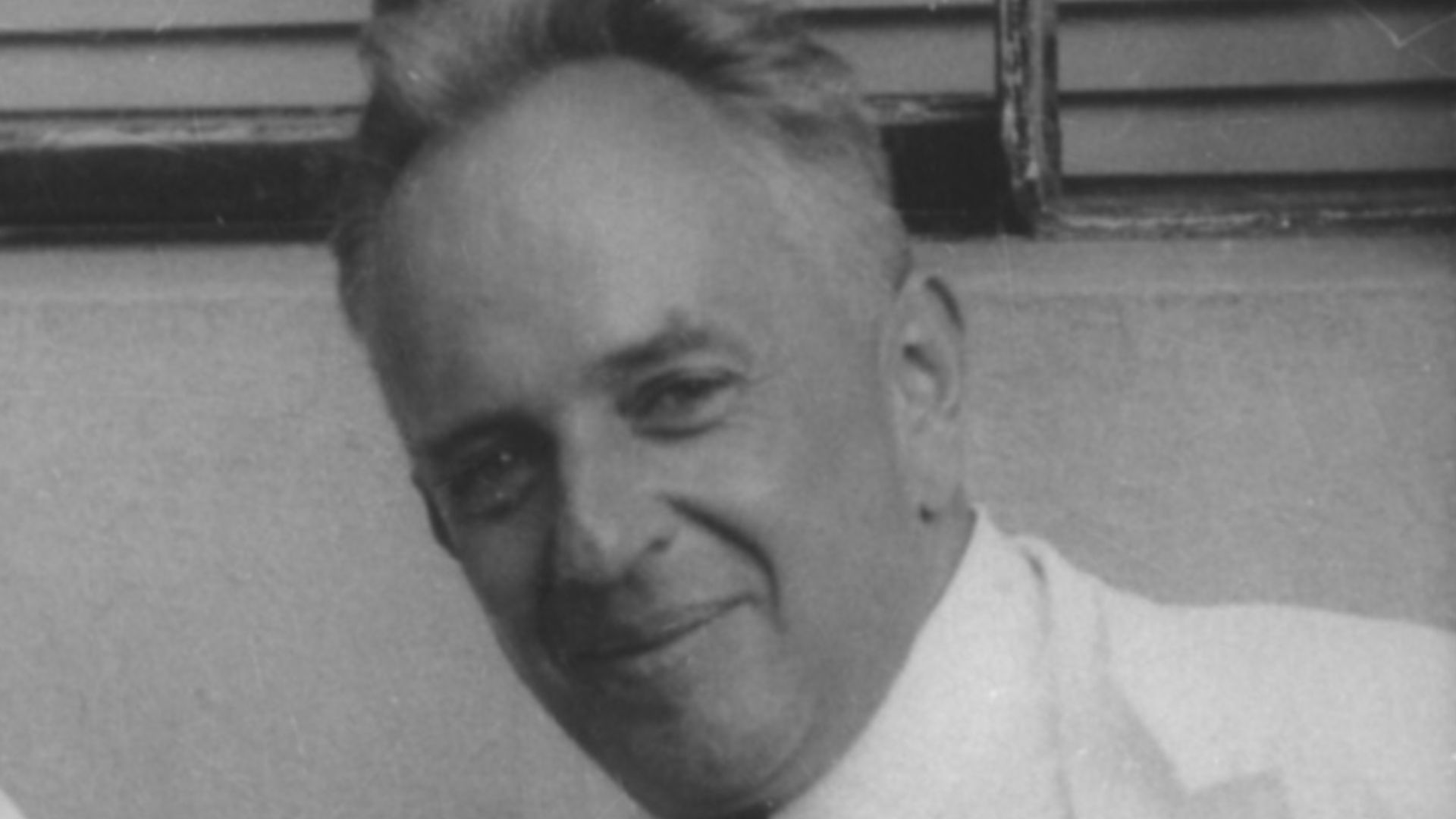 Unknown authorUnknown author, Wikimedia Commons
Unknown authorUnknown author, Wikimedia Commons
Two More Finds: One In Israel, The Other In Greece
Most recently, archaeologists discovered two more artifacts: a partial maxilla (jawbone) in Misliya Caves in Israel and the posterior part of a skull from Greece. Despite the lack of information that these finds provided, they did indicate that our Neanderthal ancestors were infiltrated by others, who looked very different from them and more closely resembled modern humans.
Did We Actually Come From These Mysterious People?
Because of their close resemblance to us, scientists are now left wondering: Did we actually come from these people, or an amalgamation of Homo sapiens and them? They do bear a closer physical resemblance to us as humans, but further research will be needed to uncover whether they're our real common ancestor.
Another Discovery Is Made
In 2021, scientists digging at the Nesher Ramla site made another discovery that backs up the claim that we may not have originated from Homo sapiens, but rather from this new Neanderthal-like ancestor. Their discovery included a right parietal bone with parts of the left parietal bone and a partial mandible (lower jawbone).
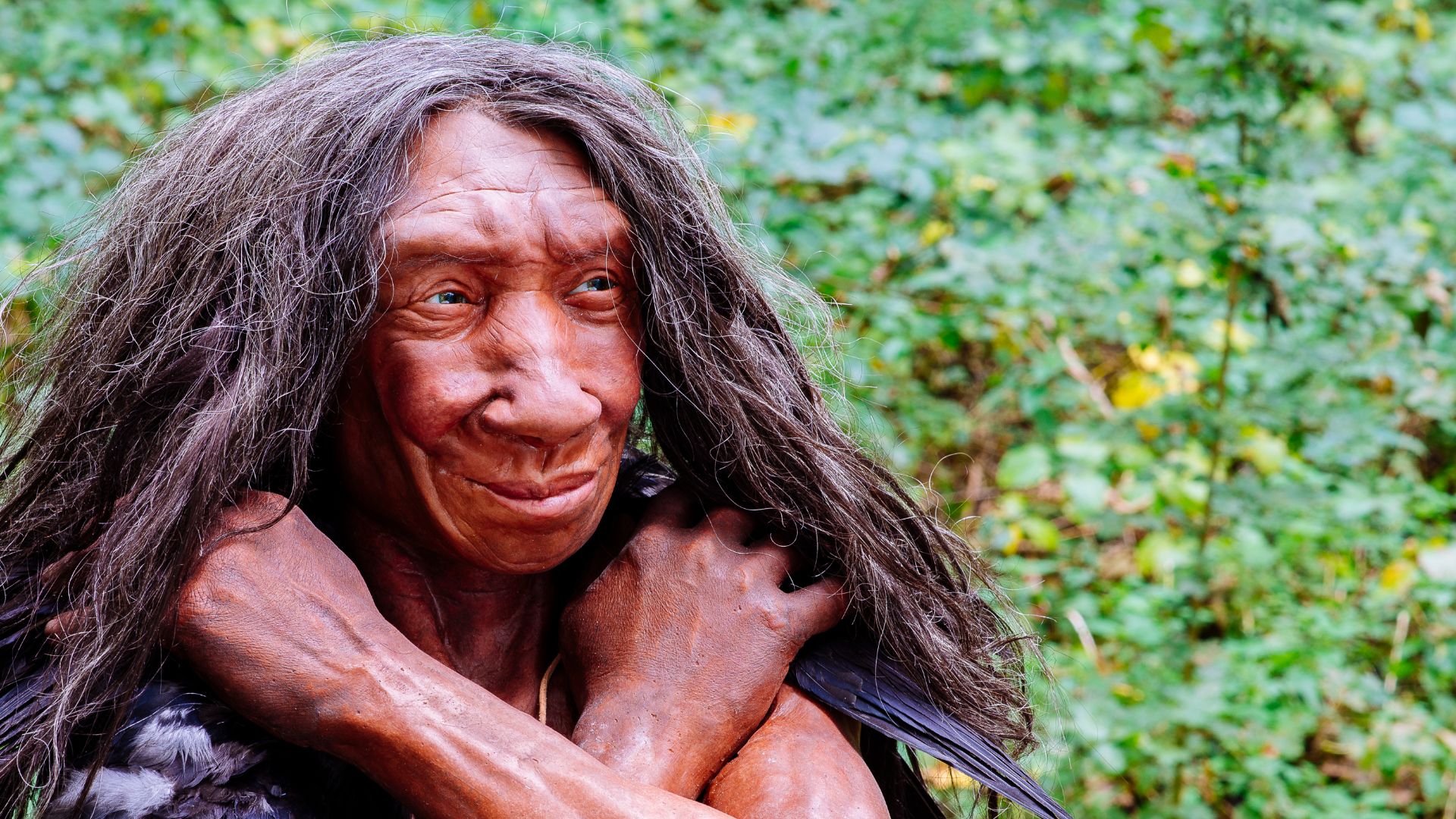 Neanderthal-Museum, Mettmann, Wikimedia Commons
Neanderthal-Museum, Mettmann, Wikimedia Commons
The Parietal Bones Bear Shocking Resemblance
While the jawbone is easy enough to distinguish, the partial right and left parietal bones (those flat bones at the rear of your skull that comprise the base) bear a shocking resemblance to modern human skulls. Israel Hershkovitz, one of the lead archaeologists, claimed that the find represented "a previously unrecognized group of hominins".
What Are Hominins?
"Hominins" is the scientific term given to humans and our closest biological ancestors: namely humans (Homo) and chimpanzees and Bonobos (Pan). Interestingly, modern interpretations of hominins exclude gorillas, despite their close resemblance to us.
 Vera & Jean-Christophe from EuropeChandresWilliam H. Calvin, Wikimedia Commons
Vera & Jean-Christophe from EuropeChandresWilliam H. Calvin, Wikimedia Commons
The Jawbone Bears Similarity To Neanderthal Remains
It's worth noting that the jawbone (partial mandible) bears striking similarities to Neanderthal remains located in Krapina, Croatia, in the early 2000s. Scientists believe that the mandible belongs to a group of peoples with "Neanderthal affinities," but aren't confident enough to clearly distinguish "Neanderthals" and those with "Neanderthal affinities".
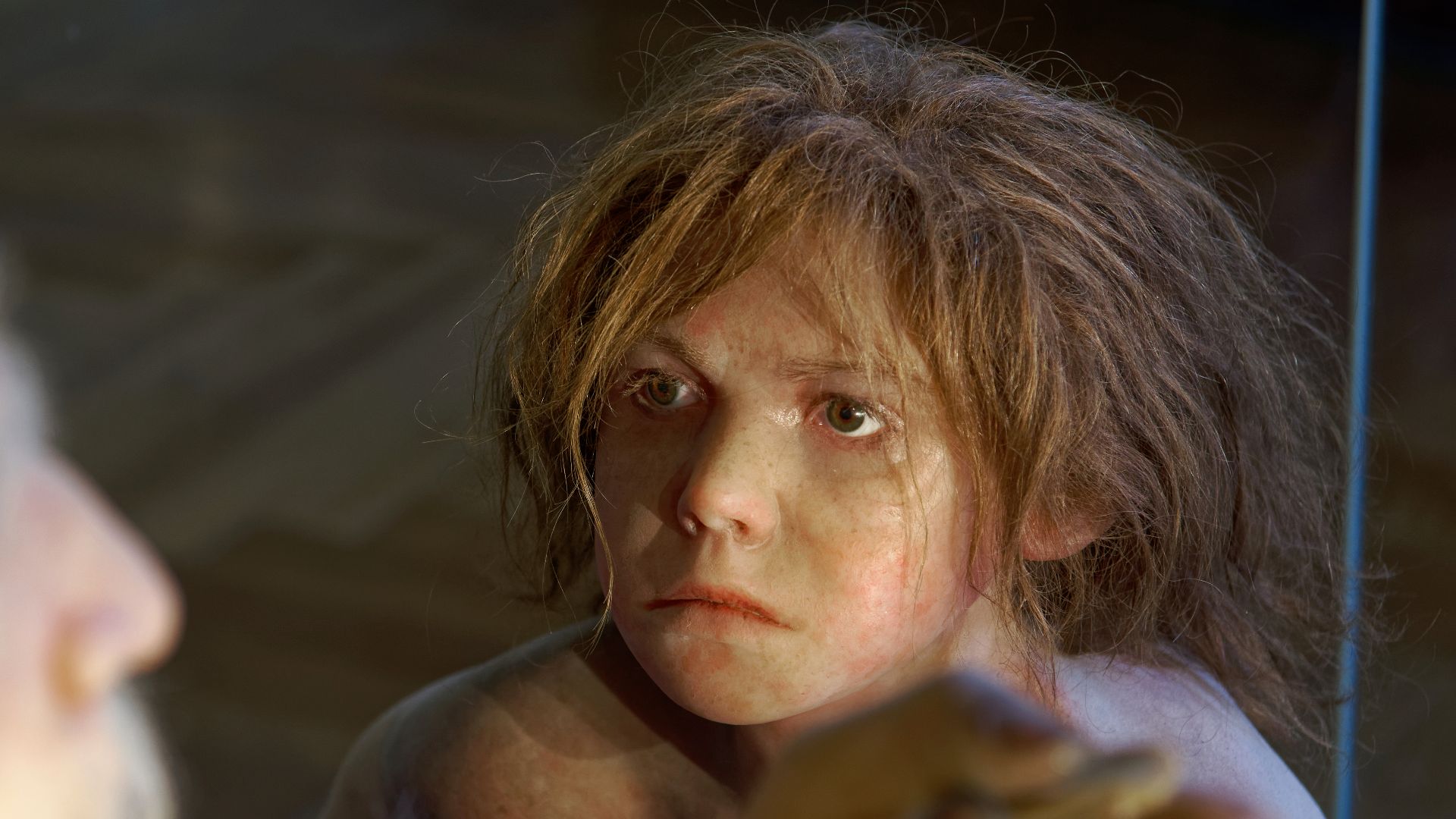 Jakub Hałun, Wikimedia Commons
Jakub Hałun, Wikimedia Commons
What Are The Differences?
There's a great deal of similarity between the mandible dug up in 2021 and earlier Neanderthal jawbones, but the parietal bones in particular have some key differences: Neanderthal parietal bones tended to be longer and rounded at their cross-section. They also had a distinctive barrel-like shape, whereas today's humans have much more round parietal bones.
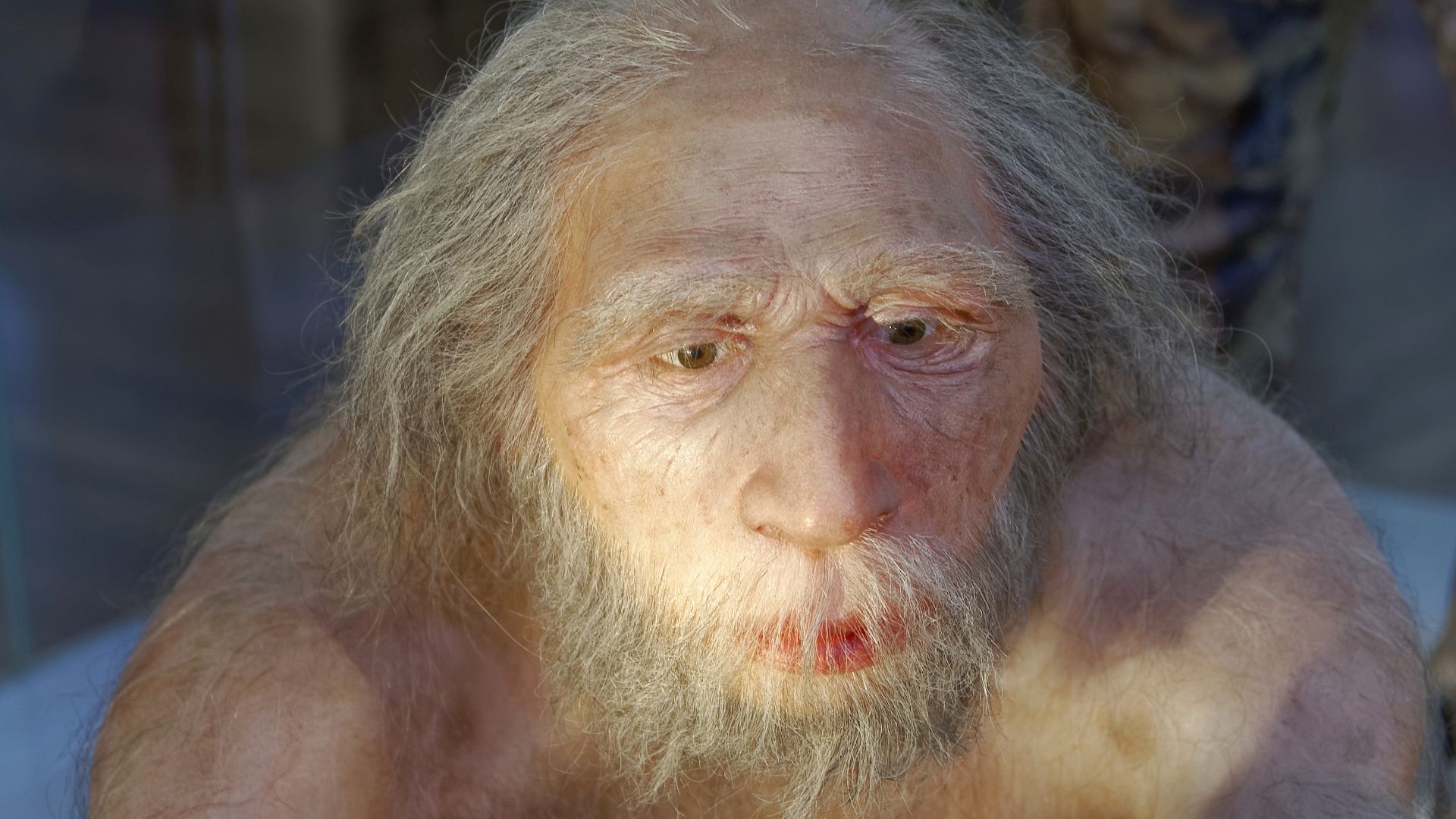 Jakub Hałun, Wikimedia Commons
Jakub Hałun, Wikimedia Commons
The Parietal Bones Found At Nesher Ramla Are Slightly Different
The slight differences in shape are important, as they suggest that a long-lasting separate population from the Neanderthals existed in the Levant, putting the three fossils in a region with others that wouldn't have fit within current archaeological understanding of the history of Homo sapien ancestors in the area.
Large Teeth, No Chin
Early humans didn't have to worry about double chin jokes. These artifacts give further credence to the forensic archaeological theory that the earliest humans may have had no chin whatsoever (as where the chin would be was a flat part of the skull) and very large teeth.
Neanderthals: Not Just A European Concept Anymore
Neanderthals were long thought to be strictly the ancestral peoples of Europe. Their story was believed to be a European story, in which small groups of Neanderthals were forced to migrate south to escape the glacial spread. The new discovery of Neanderthal-like bones in the Levant calls that theory into question.
Neanderthals Lived In The Levant Much Sooner Than 70,000 Years Ago
The original theory was that Neanderthals occupied the Levant area and Israel specifically about 70,000 years ago. This new discovery could upend that theory as because of the age of the remains, it could be that the Neanderthals (or those like them) actually occupied more than 400,000 years ago before migrating north to Europe or east to Asia.
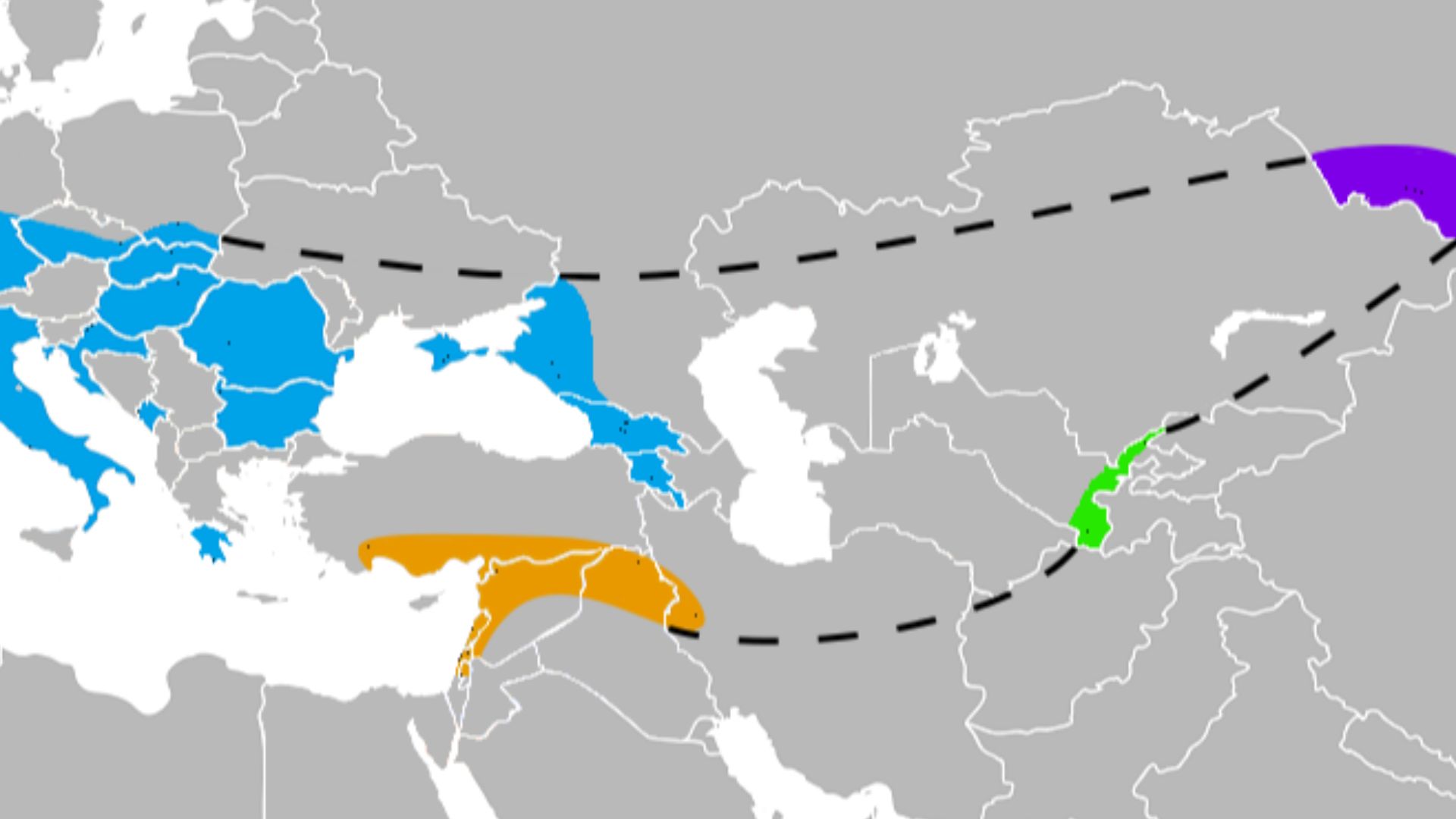 Nilenbert, N. Perrault, auteur du guide complet du canotageI, Wikimedia Commons
Nilenbert, N. Perrault, auteur du guide complet du canotageI, Wikimedia Commons
The Current Groups Of Human Ancestry
Many archaeologists and scientists "tend to think in paradigms," said Dr Rachel Sarig at Tel Aviv University, explaining that this was why bones and fossils get grouped into one of four main categories: Homo sapiens, Homo erectus, Homo heidelbergensis, or Neanderthals".
A New Classification May Be Necessary
But Dr Sarig, a researcher at the Shmunis Family Anthropology Institute posits that this new group, with their distinctive skull shape and jawbones may mean the need to re-think classification and add this new group named (for now) the Nesher Ramla Homo to the list.
 sick-street-photography, Pixabay
sick-street-photography, Pixabay
Could The Levant Be Where It All Began?
The "Missing Link" in anthropology is defined as the "hypothetical extinct creature halfway in the evolutionary line between humans and their progenitors"—essentially, the people that came between Homo sapiens and Homo erectus. It's possible that the Levant was the starting point of that group of human progeny.
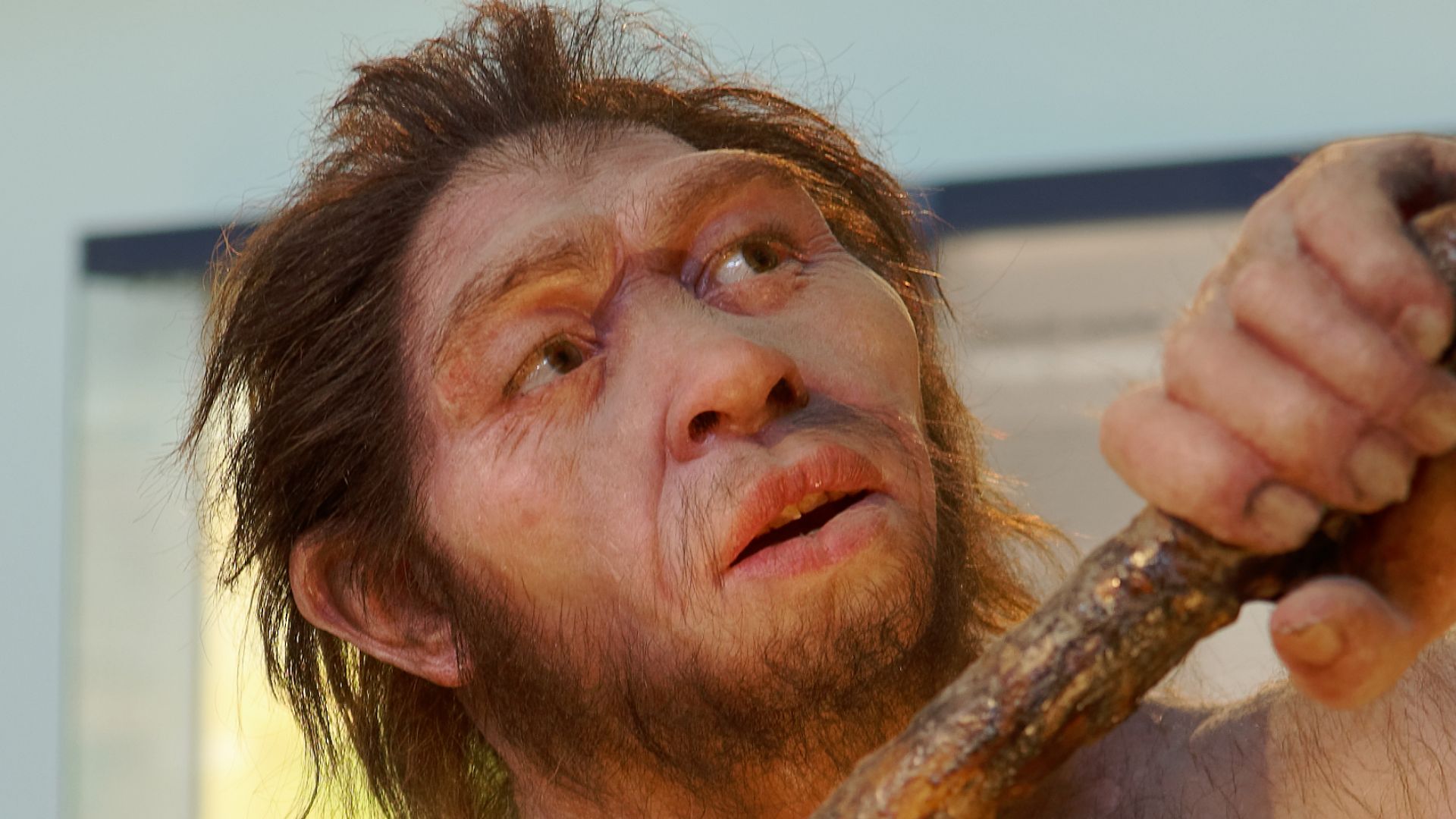 Jakub Hałun, Wikimedia Commons
Jakub Hałun, Wikimedia Commons
The Lady Of Tabun: Another Tenuous Link To Homo
In 1932, Dorothy Garrod and a Palestinian woman by the name of Yusra were pioneering archaeologists who uncovered a famous fossilized Neanderthal skeleton known as the "Lady of Tabun," located in the Tabun Cave on Mount Carmel in Israel. It was one of the first major finds of Neanderthal-like ancestors in that area of the world.
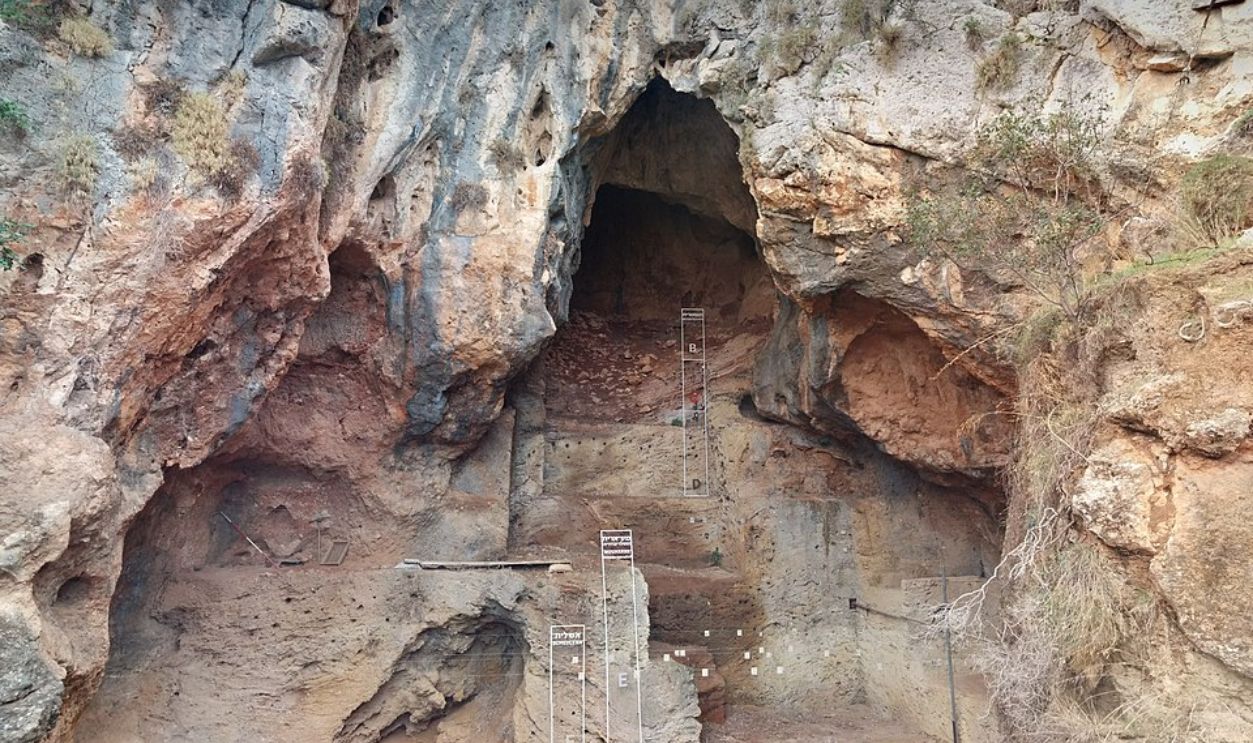 Greg Schechter, CC BY 2.0, Wikimedia Commons
Greg Schechter, CC BY 2.0, Wikimedia Commons
Who Was Dorothy Garrod?
Dorothy Garrod was a British archaeologist, often considered one of the pioneers of women in archaeology. She specialized in the Paleolithic Period and was the Disney Professor of Archaeology at the University of Cambridge when she went to Mandatory Palestine in 1929 to dig for fossils.
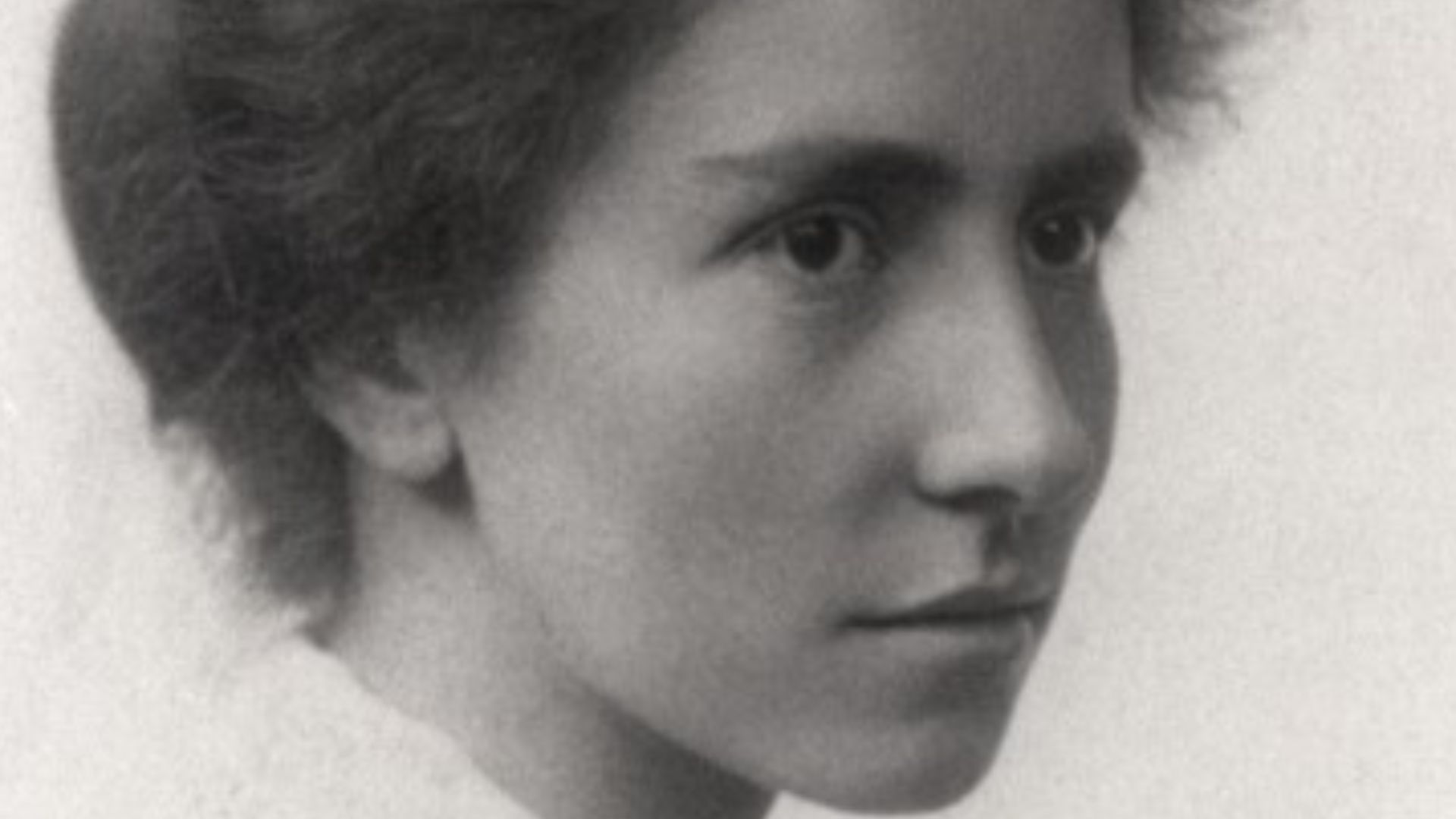 Newnham College, Cambridge, Wikimedia Commons
Newnham College, Cambridge, Wikimedia Commons
Meeting Yusra
Whilst there working for six years between 1929 and 1935, Dorothy Garrod would meet and hire locals to help with her dig. She would meet a woman known only as "Yusra", one of the women performing skilled tasks of excavation, while the men on Garrod's site performing the menial labor tasks.
Yusra's Discovery
Although not much is known of Yusra's life before or after the discovery of the Lady of Tabun, her discovery was one of the most important in human history, and "Tabun 1" is regarded as being one of the most important fossils ever found. She disappeared after Garrod left the area, and nothing is known of her life afterwards, except that she was likely displaced by the 1948 Arab-Israeli War.
Re-Piecing Together The Lady Of Tabun
The skull was found in pieces, but it was painstakingly reconstructed by Yusra and Dorothy Garrod to reveal that the skull belonged to an adult female that was believed to have lived between 120,000 and 90,000 years ago. The skull itself bears similarity in shape and size to the 2021 uncovering of the mandible and skull fragments found in Nesher.
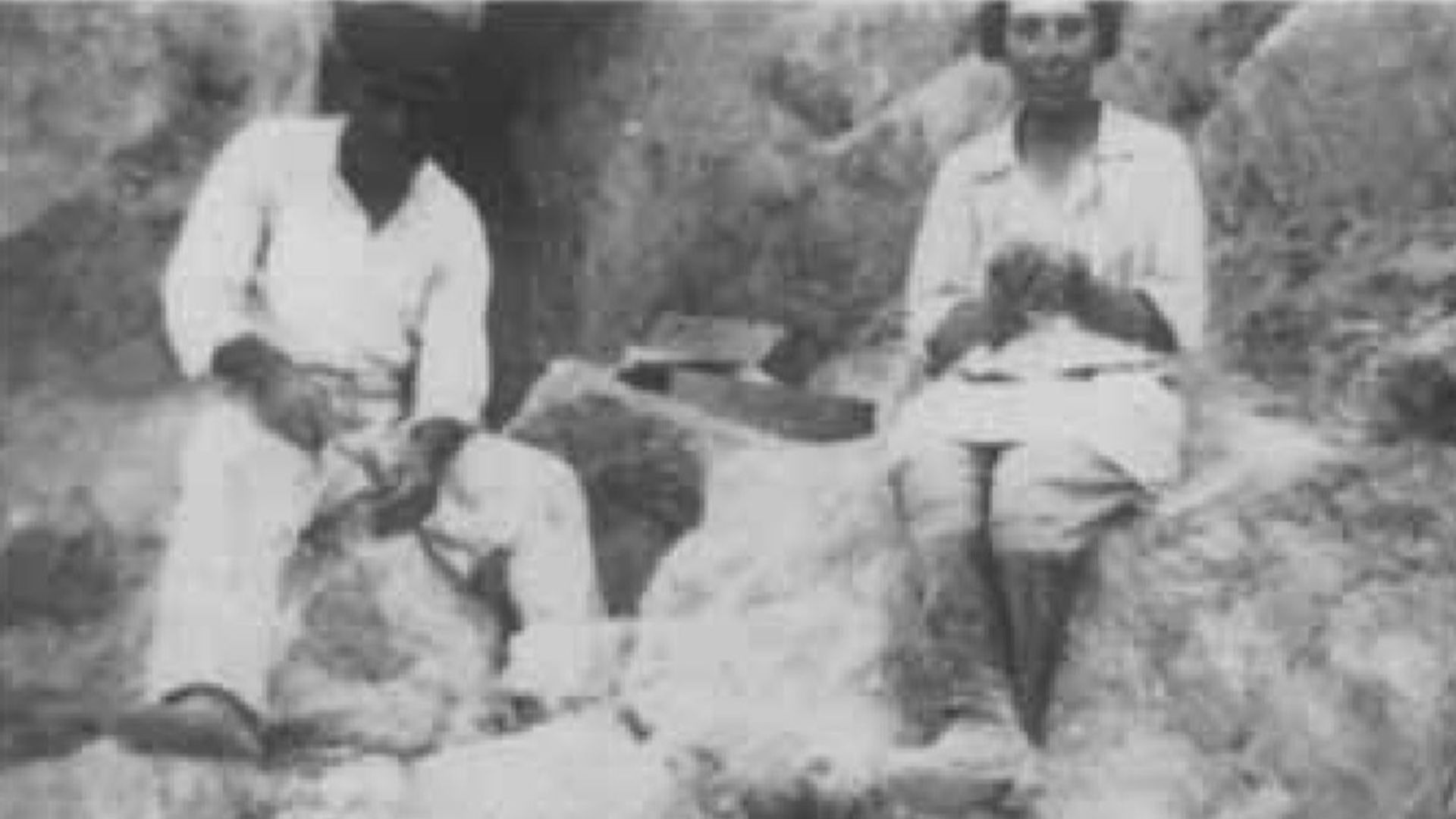 Unknown authorUnknown author, Wikimedia Commons
Unknown authorUnknown author, Wikimedia Commons
Bones Found On-Site
Another discovery made at the Nesher Ramla site included dozens of bones, believed to be from slaughtered animals that were found on-site. These included tortoises, gazelles, aurochs, boar, and ostrich. There was even evidence of an open fire, indicating that the meats were cooked before being eaten.
Tending Their Fires
While evidence of human ancestors tending fire was first found to date back more than a million years, what's interesting about the discovery of fire remnants as Nesher Ramla is that they were discovered mostly in tact, protected from the elements by the cave system. There is evidence to suggest that the closely-related (but not) Neanderthals closely tended their open fires, something previously only associated with Homo sapiens.
Early Genetic Flows
The presence of the skull fragments indicates a possible break in the earliest genetic flows between Homo sapiens and Neanderthals that occurred between 400,000 and 200,000 years ago. These early gene flows were thought to be the precursor for our development as modern humans, but the presence of the Nesher Ramla skull fragments throws all of that into question.
Disagreements Between Archaeologists As To Its Significance
The archaeological community isn't a monolith in this case. There's significant disagreement between Dr Hershkovitz and Phillip Rightmire of Harvard University, who believes the fossil samples should be categorized in the same era as early Neanderthals, a significantly less exciting possibility. This view is shared by Yoel Rak of Tel Aviv University.
Advancing The Human Development Story
The story of human development has long been thought to be thus: Austrelopithecus afarensis, Homo habilis, Homo erectus, Homo neanderthalensis, and finally, Homo sapiens. But, the new discovery of Homo in Nesher Ramla will, if nothing else, advance the human development story by providing another piece (or pieces) of the puzzle.
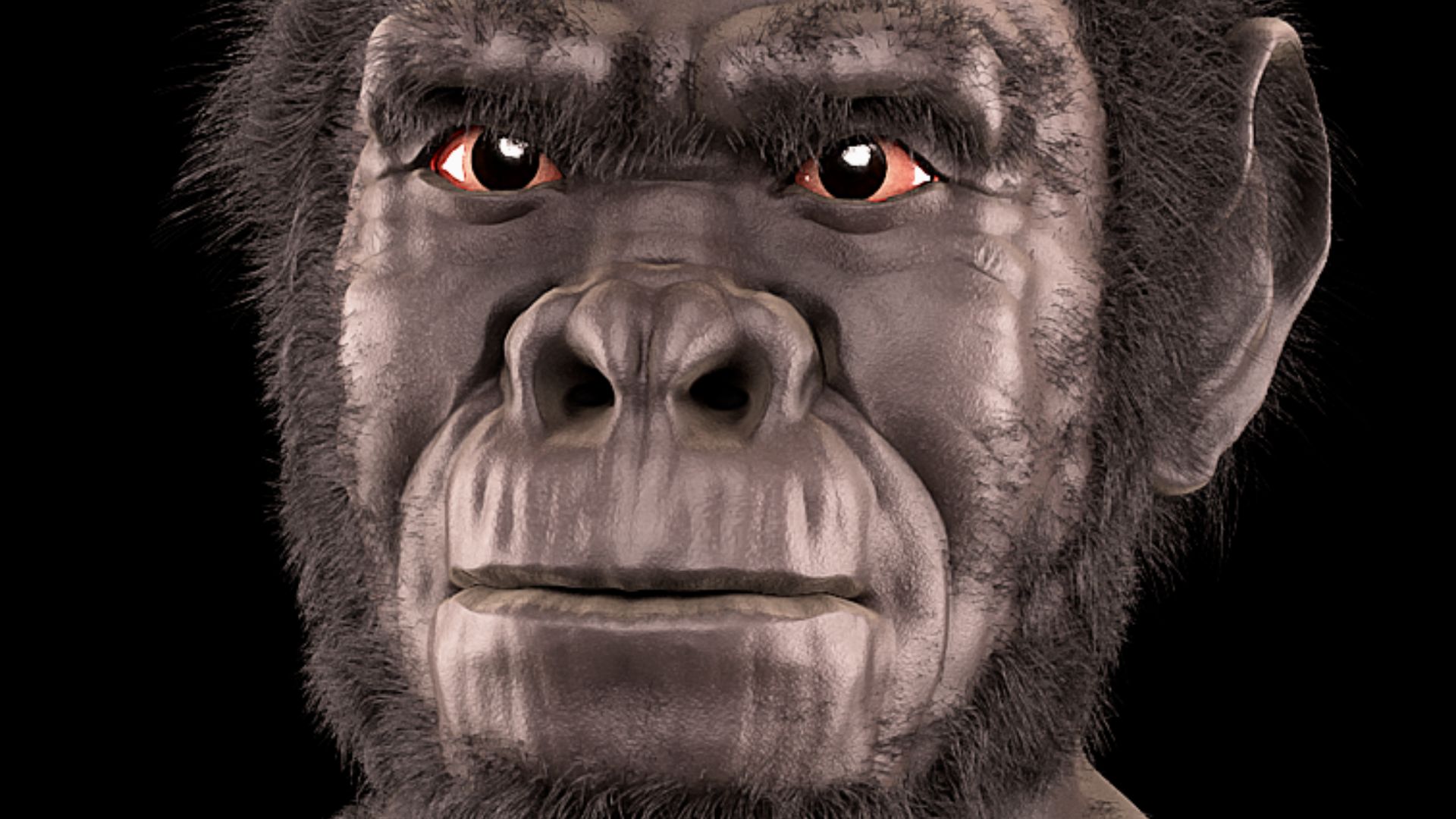 Cicero Moraes, Wikimedia Commons
Cicero Moraes, Wikimedia Commons
You May Also Like:
Hiking Trips That Went So, Disturbingly Wrong
Discover The Chocolatey Eighth Wonder Of The World

